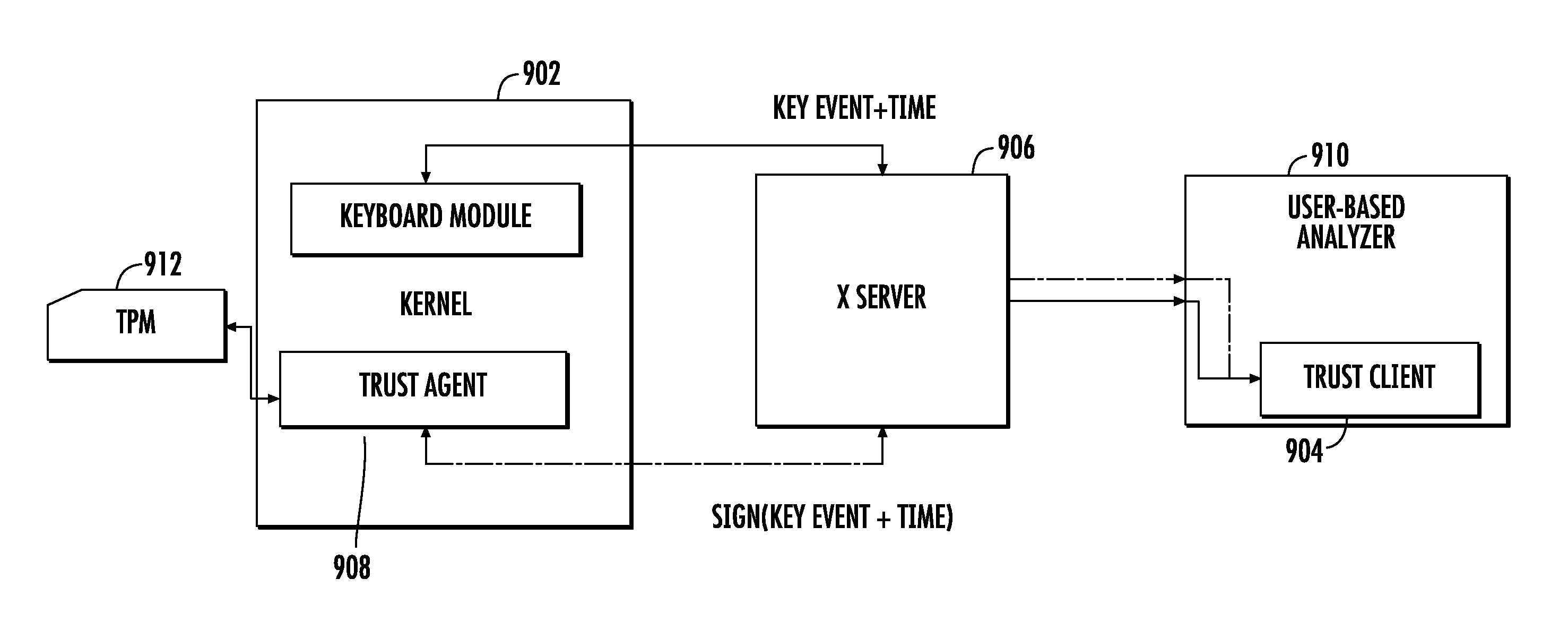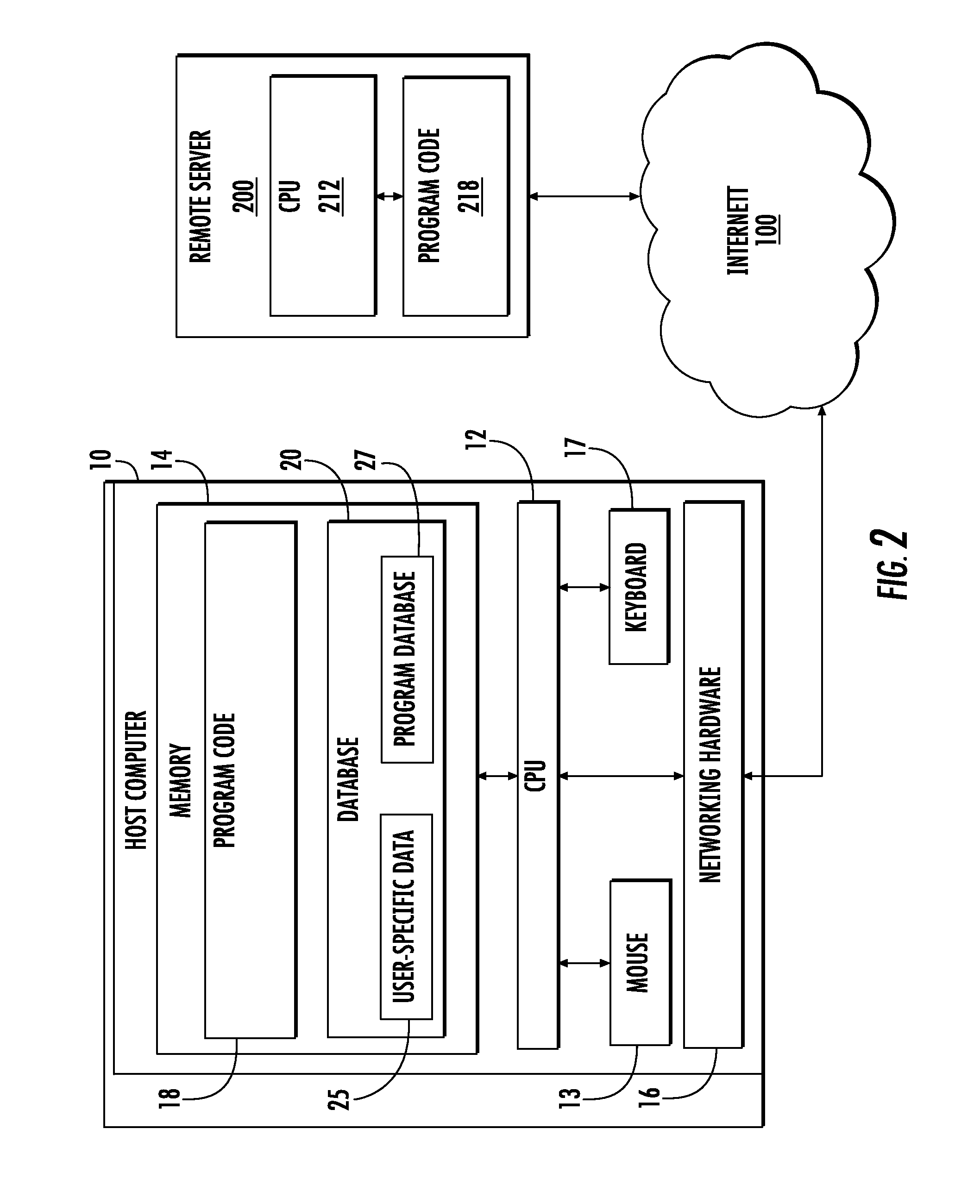Systems and method for malware detection
a malware detection and malware technology, applied in the field of malware detection systems and methods, can solve the problems of slowing down the performance of the machine, affecting the user's computing experience, and determining whether a personal computer managed by an average internet user is infected or not, so as to avoid any bottlenecks
- Summary
- Abstract
- Description
- Claims
- Application Information
AI Technical Summary
Benefits of technology
Problems solved by technology
Method used
Image
Examples
experiment 1
Human vs. Human
[0107]Among the twenty users, a basic SVM test was set up to see if an embodiment classification algorithm can distinguish each from the others. Three different classification sets ci, i=1, 2, 3 for each word were created according to the users' gender: c1={all male instances}, c2={all female instances}, and c3 which is the union of c1 and c2. The class i experimental setup of word sl for user uj was then performed as follows:[0108]Label each of the user's 35 instances as owner,[0109]Pick 5 random instances for every user uk≠uj whose instances are in the set {ci} and label them as unknown,[0110]Given the relabeled instances, perform a 10-fold cross-validation for SVM classification (in which the model parameters may be manually adjusted) as described in Section 3,[0111]Calculate the average true positive (TP) and false positive (FP) rates; where the TP rate is the ratio of the number of owner instances correctly classified as owner and the FP rate is the ratio of the ...
PUM
 Login to View More
Login to View More Abstract
Description
Claims
Application Information
 Login to View More
Login to View More - R&D
- Intellectual Property
- Life Sciences
- Materials
- Tech Scout
- Unparalleled Data Quality
- Higher Quality Content
- 60% Fewer Hallucinations
Browse by: Latest US Patents, China's latest patents, Technical Efficacy Thesaurus, Application Domain, Technology Topic, Popular Technical Reports.
© 2025 PatSnap. All rights reserved.Legal|Privacy policy|Modern Slavery Act Transparency Statement|Sitemap|About US| Contact US: help@patsnap.com



